How Country Life launched the career of Alistair Mackenzie, the architect who created Augusta National's iconic golf course
Alister Mackenzie, the golf course architect who created Augusta National Golf Club, was a GP with an enthusiastic sideline in golf until he won a competition in Country Life.

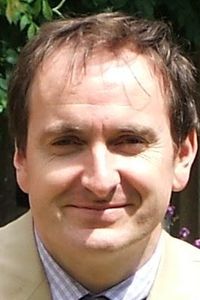
In 1914, Country Life ran a competition to design a golf hole to be built at a course in America. It was won by a GP from West Yorkshire, a former army surgeon who used ideas he had learnt about camouflage in the Boer War in his design. There were 70 entries and the judges awarded the £20 first prize to Dr Alister MacKenzie's ‘most ingeniously devised hole in which the player must use his own judgement, according to his driving prowess and the weather conditions, as to which of five routes he will adopt'.
A keen, but mediocre, golfer, Dr MacKenzie had been a founder member of Alwoodley Golf Club in West Yorkshire and had designed its course and carried out other design work in the region. But winning Country Life's competition gave him national and international renown and he went on to create courses in the USA, Canada, Australia, New Zealand and Argentina as well as around the rest of the British Isles. In the process, he revolutionised course design – and left a great monument to his career in the form of Augusta National, home to the Masters Tournament, which runs for April 8-11 2024.
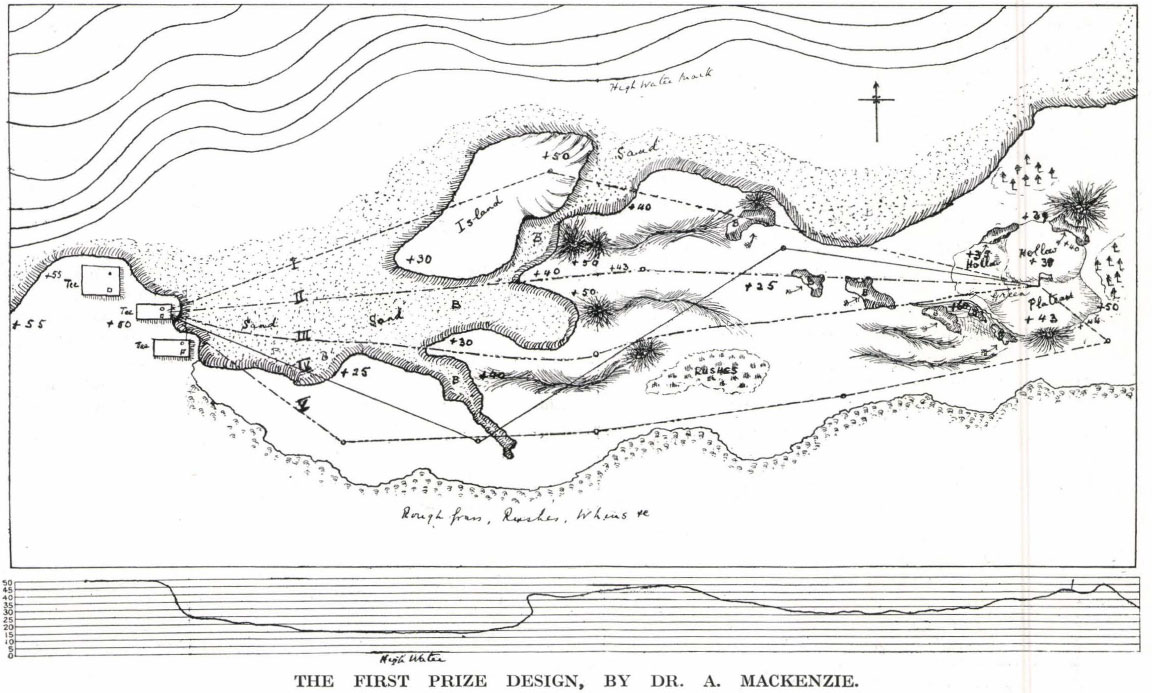
Dr Alister Mackenzie's prize-winning design for a golf hole, which appeared in Country Life on August 1, 1914. 'A most ingeniously devised bole,' wrote the judges. 'All the different possibilities have been thought out with admirable care and completeness.'
The decision of Country Life's judges was visionary as, although Dr MacKenzie is now considered one of golf's greatest architects, his novel designs were originally too controversial for many.
In an article on military trenches for Country Life the following year, he wrote: ‘My ideas on golf course construction have been mercilessly criticised and condemned and it has taken me nearly 10 years to persuade the public that there is anything in my views... The whole secret of successful course construction and concealment in trench making consists in making artificial features indistinguishable from Natural ones and I have daily been attempting to imitate Nature.'
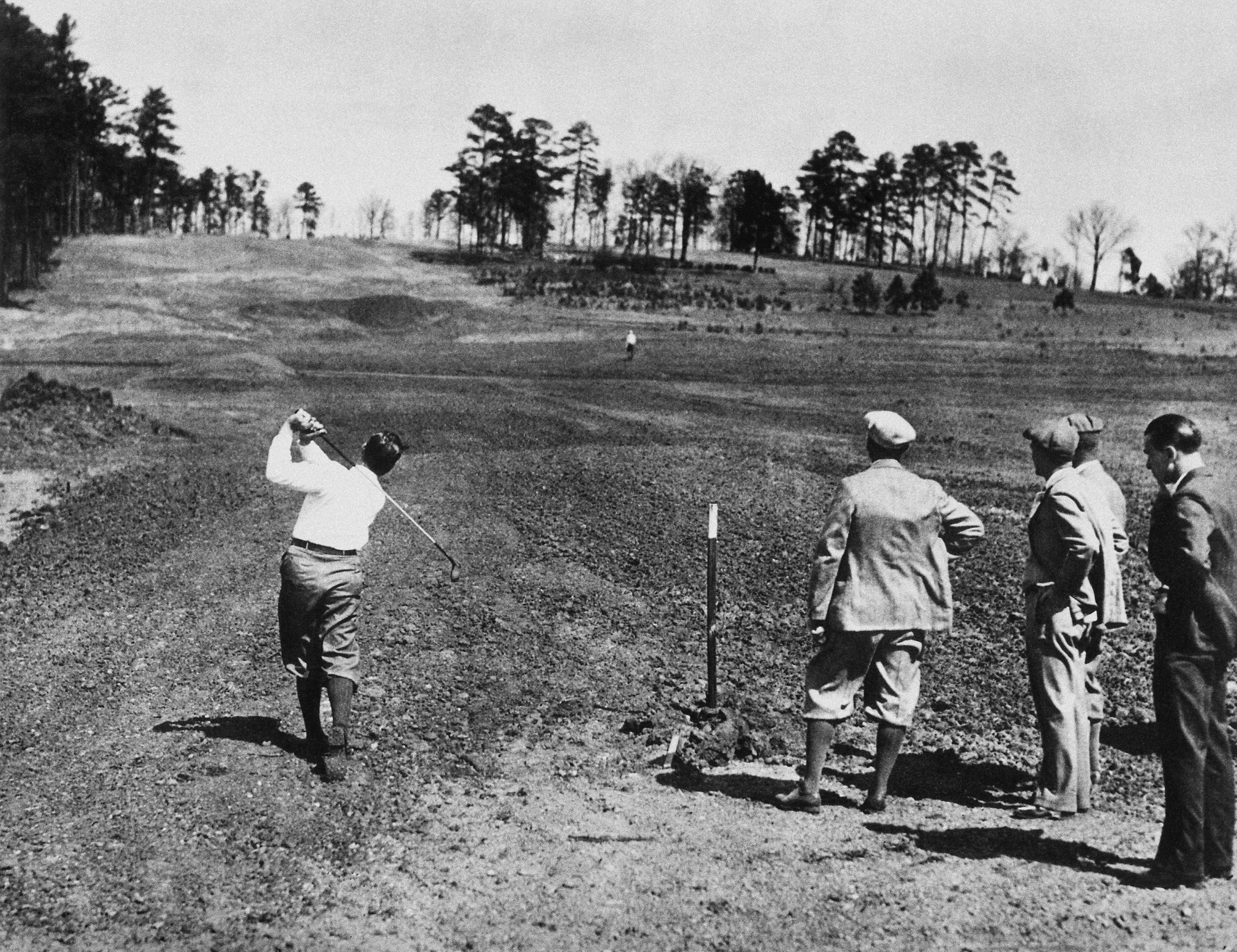
Bobby Jones (left) plays a shot on the eighth hole at Augusta in 1932, while the course was under construction, in front of his father, Bob Jones, Sr. (Colonel), Clifford Roberts, and Alister MacKenzie.
Ken Moodie, who, in 2009, refurbished the course at Alwoodley, explains that Dr MacKenzie created natural golfing features and bunkers when many architects were building more functionally shaped ones. ‘His appreciation of the Old Course at St Andrews and fondness for large, undulating greens made him adventurous in his green designs. He would accentuate the natural features of a site and wasn't afraid to move considerable amounts of earth to create a great golf hole and he built large bunkers on a scale not seen previously.'
In 1920, Dr MacKenzie published his 13 general principles of course design in his book Golf Architecture. These stressed that layouts should be challenging not penal, with the best designs those that pose strategic tests for all levels of golfer. He wanted to present even excellent players with shots they could not be confident of making, but also offer more than one route to a green, so that every player could select a strategy suitable for their own ability. He strived for variety and drama in his designs.
He advised arranging holes in two loops of nine, where possible, to create different wind conditions throughout the round; another principle was that every hole should be different in character. But, above all, he took a practical attitude five of his principles were for an absence of excessive rough delaying play by ball hunts; minimal or no blind shots; walks between holes to be short; the course should be beautiful; and the land should undulate, but involve no hill climbing.
Exquisite houses, the beauty of Nature, and how to get the most from your life, straight to your inbox.
In time, he gave up medical practice to work full-time on golf architecture from a ‘firm conviction of the extraordinary influence on health of pleasurable excitement, especially when combined with fresh air and exercise. How frequently have I, with great difficulty, persuaded patients who were never off my doorstep to take up golf, and how rarely, if ever, have I seen them in my consulting rooms again'.
This enabled him to travel for his design work and he eventually settled in America. There, he designed his most famous, and last, course: Augusta National. This is where the US Masters is played, the only one of golf's four major tournaments to be played over the same course each year.
Dr MacKenzie died in 1934, two months before the inaugural Masters. With its strategic design, beauty, wickedly undulating greens, sprawling bunkers and virtual absence of rough, Augusta National stands testimony to Dr MacKenzie's vision-and also to that of the three judges of the Country Life competition.
This article originally appeared in Country Life in 2014.
Roderick Easdale is a regular contributor to Country Life on topics including sport and property. He also compiles the magazine's crossword, every other week.
-
 From fast cars to fashion, why the horse became the ultimate motif of the luxury world
From fast cars to fashion, why the horse became the ultimate motif of the luxury worldKim Parker canters through the luxury world’s enduring love for all things equine.
-
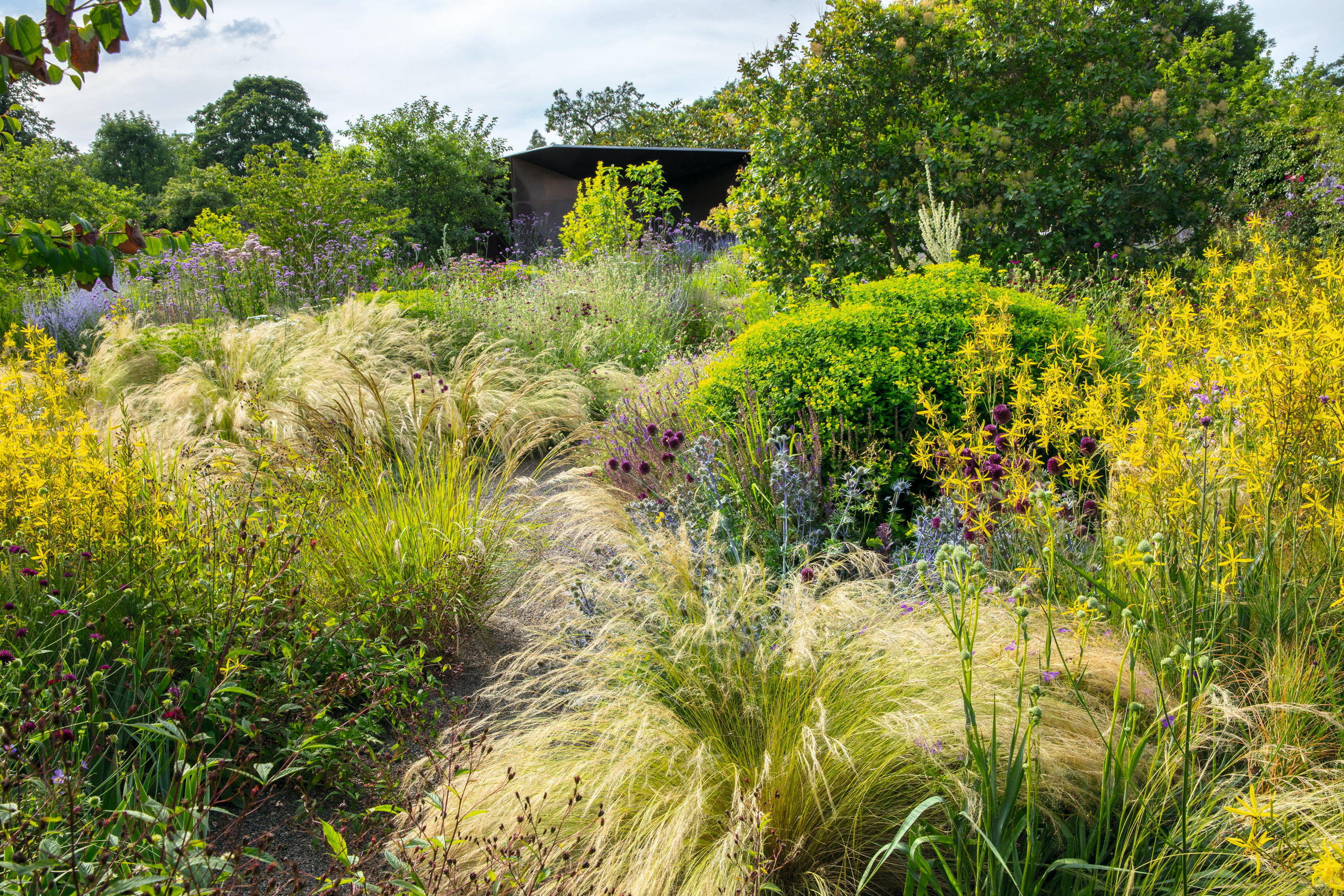 'I blitzed it. Nothing survived. If you have one bit of surviving bindweed, you will have it forever’: A peek in to the ruthless world of the gravel garden
'I blitzed it. Nothing survived. If you have one bit of surviving bindweed, you will have it forever’: A peek in to the ruthless world of the gravel gardenSince they appeared in the 1990s, gravel gardens have grown in popularity, especially in recent years. What are the keys for success? Non Morris asks some of Britain's top experts in the field, from the brutal work needed to get started through to the plants that only work 'if you get rid of soil entirely'.
-
 The pine marten is a predatory force to be reckoned with
The pine marten is a predatory force to be reckoned withThe pine marten may have a taste for jam sandwiches, but its razor-sharp claws and appetite for eggs and grey squirrels makes it a predatory force to be reckoned with.
-
 The white-tailed eagle is crafty, controversial and has wings the size of a barn door
The white-tailed eagle is crafty, controversial and has wings the size of a barn doorA penchant for spring lamb saw the raptor species ruthlessly exterminated, but the beguiling white-tailed eagle — also known as the sea eagle — is now back on our shores.
-
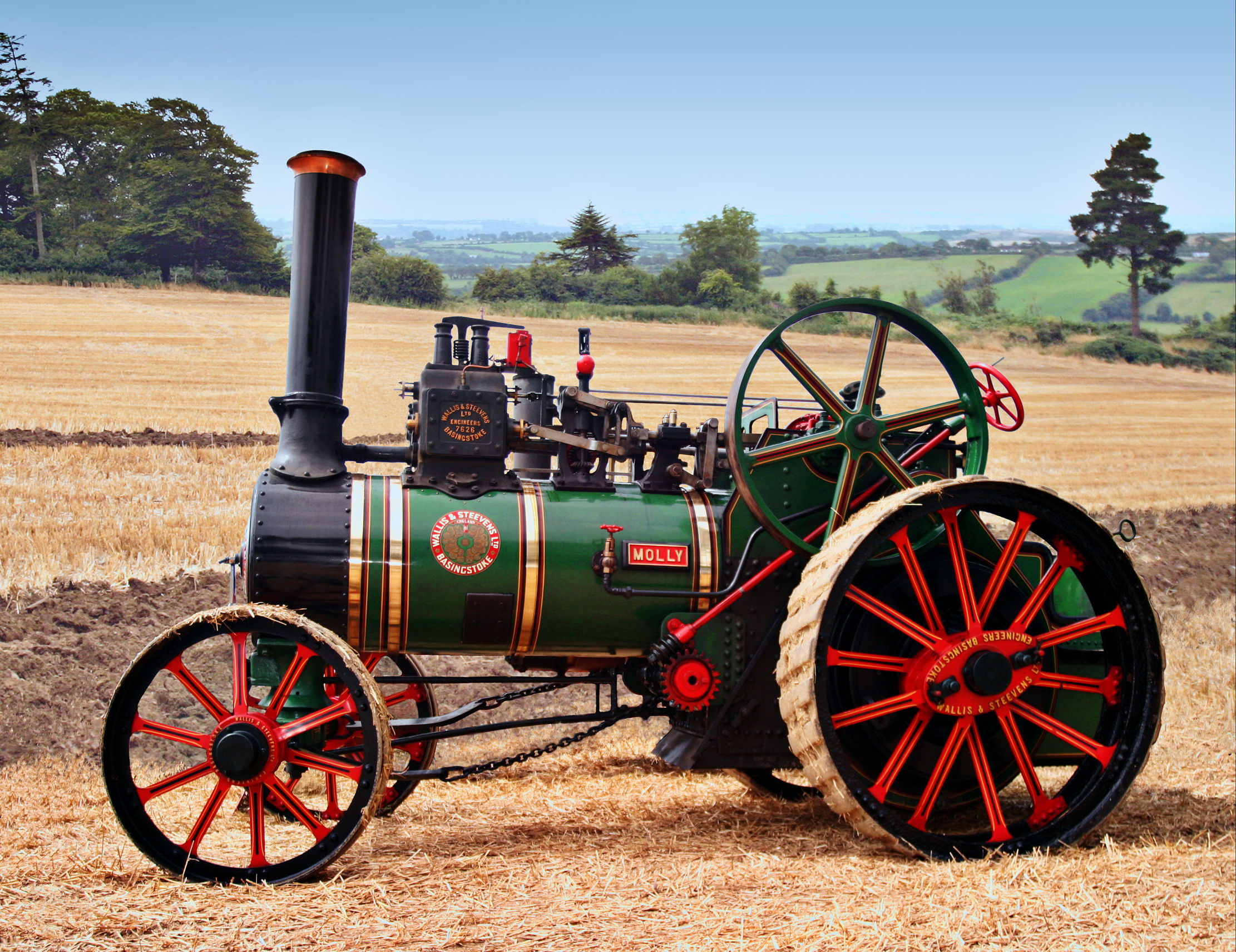 Full steam ahead: The joy of the traction engine
Full steam ahead: The joy of the traction engineAcres of gleaming brass, piercing whistles and history come alive: traction-engine rallies are a gloriously British summer celebration.
-
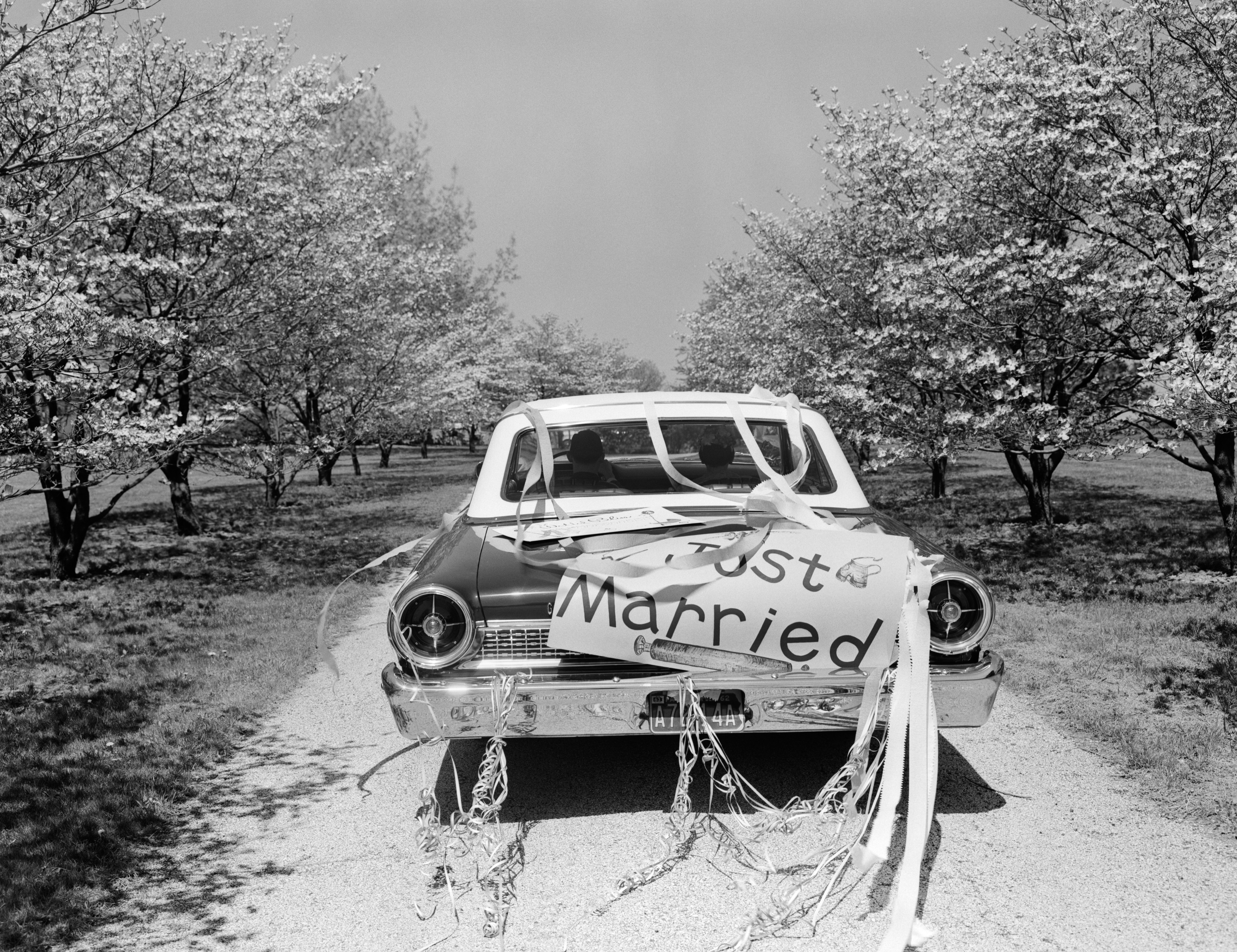 Sophia Money-Coutts: Is it ok to ask for money towards a honeymoon fund, instead of a traditional wedding present?
Sophia Money-Coutts: Is it ok to ask for money towards a honeymoon fund, instead of a traditional wedding present?If most wedding presents are converted into cash or vouchers anyway, maybe a monetary present is, at least, more upfront — albeit a tad tacky.
-
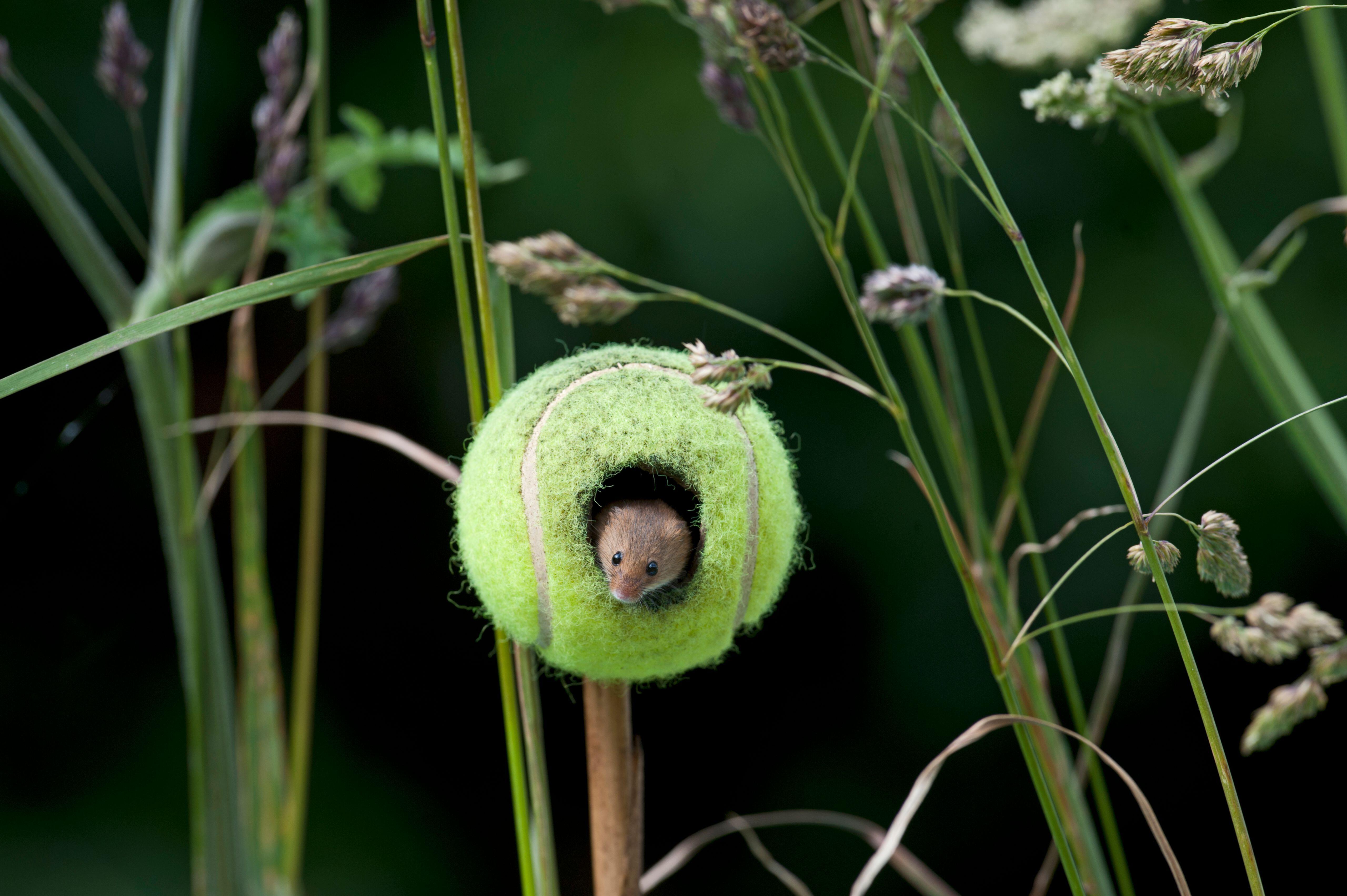 What everyone is talking about this week: How Wimbledon is repurposing its 55,000 used tennis balls
What everyone is talking about this week: How Wimbledon is repurposing its 55,000 used tennis ballsWeek in, week out, Will Hosie rounds up the hottest topics on everyone's lips, in London and beyond.
-
 Arthur Parkinson: Chicken Licken isn’t just a children’s story about a chicken who believes the sky is falling, it tells us everything we need to know about keeping hens happy
Arthur Parkinson: Chicken Licken isn’t just a children’s story about a chicken who believes the sky is falling, it tells us everything we need to know about keeping hens happyToo many people think chickens only need shelter when it's hot, but the truth is much more complex.
-
 'He unleashed a series of war cries, then intercepted the vole mid-air': There's nothing remotely common about the common kestrel
'He unleashed a series of war cries, then intercepted the vole mid-air': There's nothing remotely common about the common kestrelKnown in Orkney as ‘moosie-haak’, kestrels are fierce hunters but have seriously declined and are now an amber-listed species.
-
 Five British gardens have a starring role on the New York Times's list of 25 must-see gardens — here are the ones they forgot
Five British gardens have a starring role on the New York Times's list of 25 must-see gardens — here are the ones they forgotMultiple British gardens have topped a New York Times list.
